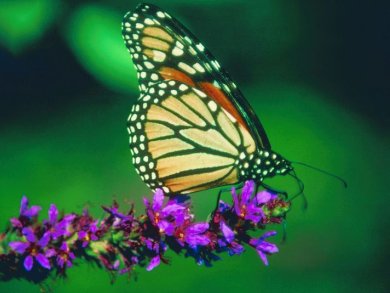The first assessment of the ecological consequences from the nuclear disaster at the Fukushima Daiichi Nuclear Power Station, Japan, has been performed by Jacqueline Garnier-Laplace and colleagues, French Institute of Radioprotection and Nuclear Safety.
The team reconstructed the radiological dose received by forest and marine animals during the first 30 days of the accident. Based on the wildlife’s exposure to 131I, 134Cs, and 137Cs, dose rates (mGy d–1) were estimated at 1 for plants, 1.5 for birds, 2.3 for soil invertebrates, and 3.9 for forest rodents. While the tolerable dose varies for each organism, these values are 10 to 100 times greater than dose rates considered safe for terrestrial ecosystems. Marine doses were higher, ranging from 210 to 4,600 mGy d–1.
The team emphasizes that long-term ecological impact assessments will need to be performed to determine the multigenerational effects from chronic exposure to low doses of radiation. 25 years after Chernobyl this is still a controversial topic.
- Fukushima Wildlife Dose Reconstruction Signals Ecological Consequences
J. Garnier-Laplace, K. Beaugelin-Seiller, T. G. Hinton,
Environ. Sci. Technol. 2011.
DOI: 10.1021/es201637c




